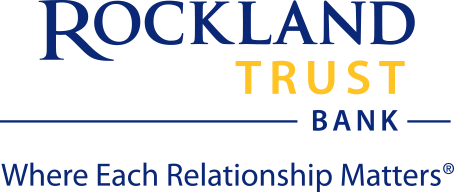Written by Steve Andrews

Growth
The economy continues to build on Q2 momentum. GDP for the second quarter was revised up to 3.3% from 3.0%, driven by consumer spending and business investment in research and development, equipment, software, commercial structures, and intellectual property. Gross Domestic Income (GDI), which measures incomes and costs in GDP production, rose 4.8%, pushing both GDP and GDI to record highs.
Core GDP, which tracks real final sales to private domestic purchasers, was revised up to 1.9% from 1.2%, signaling stronger domestic demand. Corporate profits grew 1.7% in Q2 and are up 3.2% from a year earlier, led by domestic non-financial businesses. Early projections for Q3 suggest GDP growth between 1.7% and 3.2%, again supported by consumer spending and business investment.
Jobs & Labor Market
Labor market data has softened. August payrolls rose by just 22,000, well below the expected 75,000, while June was revised to a loss of 13,000, ending a 53-month streak of job gains—the second-longest in modern history. While these headline numbers appear weak, the underlying churn remains large: 5.3 million jobs were created and nearly as many lost in August, with the net gain being 22,000. The Household Survey, which includes smaller businesses and startups, showed a gain of 288,000 jobs. However, with the labor force growing by 436,000, the unemployment rate edged up to 4.3%. Average hourly earnings rose 0.3% in August and 3.7% year-over-year, moving closer to the inflation rate. Adding to the complexity, the Bureau of Labor Statistics revised job growth between March 2024 and March 2025 downward by 911,000, reducing average monthly gains to 76,000 from the previously reported 147,000.
Consumer & Spending
Despite slower job growth, consumer spending remains strong. Retail sales data shows healthy growth, and retailers’ stock prices and earnings expectations continue to rise. Household net worth surged by $7.5 trillion in Q2, driven by a $5.5 trillion increase in equities and $1.2 trillion in real estate values. Home equity climbed to 72.6% of total owner-occupied real estate values up from 72.0% in Q1. Mortgage debt grew 3.3% and household debt overall rose 3.8%, led by mortgage and consumer credit growth.Productivity & Business Outlook
The slowdown in job growth contrasts with steady GDP output, suggesting productivity gains have been understated. Q2 productivity was revised up to 3.3% from 2.4%. Rising productivity helps businesses absorb higher input costs from tariffs and supports continued growth in the 2%–3% range in coming quarters.
Small business optimism improved in August, with the monthly National Federation of Independent Business (NFIB) index rising to 100.8, driven by higher sales expectations and a decline in uncertainty. Labor quality remains the top concern, though fewer businesses reported raising prices, with the share dropping to its lowest level this year.
Bottom Line
The U.S. economy remains resilient. Strong GDP growth, robust consumer spending, and rising productivity are offsetting weaker job gains. While inflation and labor market trends add uncertainty, overall momentum continues, and businesses remain confident enough to keep investing in future growth.





